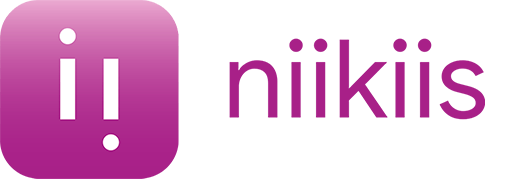With him we will talk about how the digitization of knowledge helps employees to keep learning and how beneficial it is for companies.
How to manage knowledge as a strategic resource?
In addition, all the knowledge generated in an organization, in a position, in a task will have to be collected, protected and ensure that all workers who need it have knowledge or information for their work.
What role does technology play?
The quickest way is in-house training, which consists of offering courses to employees to expand their knowledge of a given subject.
An excellent way to provide training is through e-learning platforms, which today have evolved and strengthen the exchange of information within an organization or group of professionals in record time.
What are the advantages of e-learning platforms?
Indeed, it was during the pandemic that the benefits of e-learning were put to the test.
We can tell the case of having to urgently train more than 400 ambulance technicians in the first days of the pandemic in COVID protocols for the collection of patients. Health technicians and ambulance drivers could not be concentrated in a classroom to avoid contagion and were also providing emergency services in the transfer of patients to hospitals. The entire staff had to be trained in record time via smartphones. In addition, protocols changed every week as more was learned about how the virus was transmitted. Had it not been for technology, it would not have been possible.
Is it difficult to create training content?
Nowadays you can also increase the engagement of your courses with the most addictive interactives. With avatars, animated videos, podcasts, games, gamification, question banks, different types of quizzes or tests.
In addition, the integration of videoconferencing in e-learning platforms makes it possible to provide live training or virtual classroom (webinars) and to record the interventions so that anyone who needs them can view them again.
Recorded webinars make it easier for the organization to make face-to-face or videoconference training recorded by the organization accessible to everyone, even if they have not been able to attend live or replay them when they need them.
For example, the niikiis platform allows you to create your own training environment or upload courses and keep your employees up to date and know the progress of your students. If you prefer, you can also share the contents by direct link or include them in your intranet or corporate website.
How can corporate knowledge or know-how be shared?
The fundamental advantage is that it is based on small training pills that divide large content into very small parts.
The way in which this training is consumed can be varied, but it is characterized by being less formal than standard e-learning. In microlearning, learners can access a repository of pills and consume the ones they need.
A training channel is therefore a repository of small training pills of interest grouped by areas or content that the employee can access when needed. For example, induction training or onboarding training.
Creating your own internal knowledge training pills and distributing them to your employees through training channels is nowadays very easy.
In this way, you will be able to launch information about internal processes, new regulations, changes, new work processes for a group of users in the company, it is knowledge management in its purest form.
How do we keep users motivated?
On the other hand, it is very interesting to maintain interest in training and motivate access to the training channel by using gamification, which consists of playing games, ranking students, awarding medals and distinctions, prizes and encouraging healthy competition among employees.
Let's not forget that extrinsic motivation has to do with external rewards.
These and more are the advantages of technology available to any company at prices that years ago required very high investments and that only large organizations in the past could count on this technology to manage their knowledge.


 Employee database
Employee database  Documents and e-signature
Documents and e-signature  Reporting and analytics
Reporting and analytics  Payroll and incidents
Payroll and incidents  Time and Attendance Software
Time and Attendance Software  Shifts and task list
Shifts and task list  Absences & time-off
Absences & time-off  Workflows
Workflows  Expense management
Expense management  Recruitment and selection software
Recruitment and selection software  Onboarding
Onboarding  Training and procedures
Training and procedures  Internal communication
Internal communication  Performance assessment software
Performance assessment software  HR surveys and forms
HR surveys and forms  Chatbot
Chatbot 